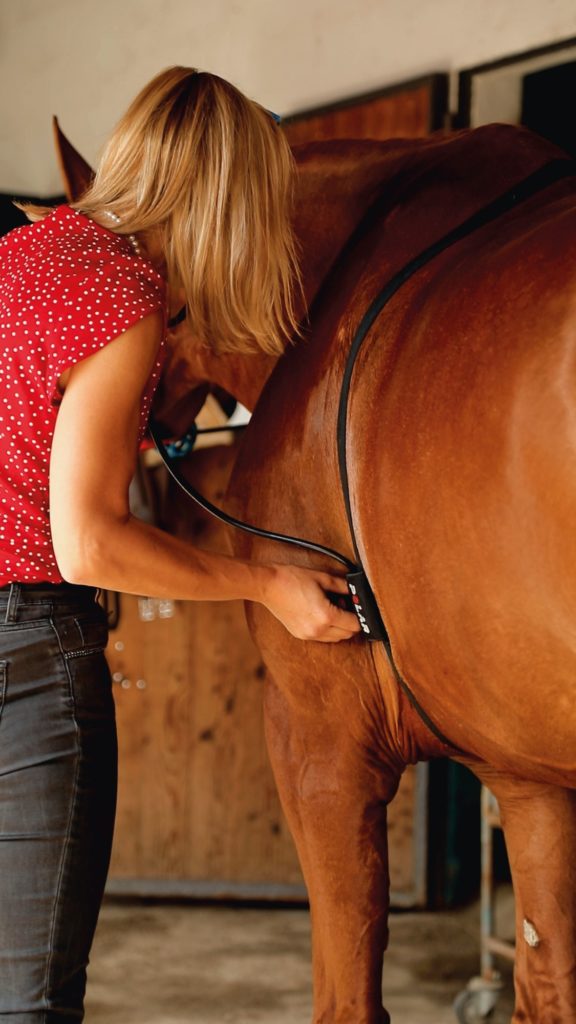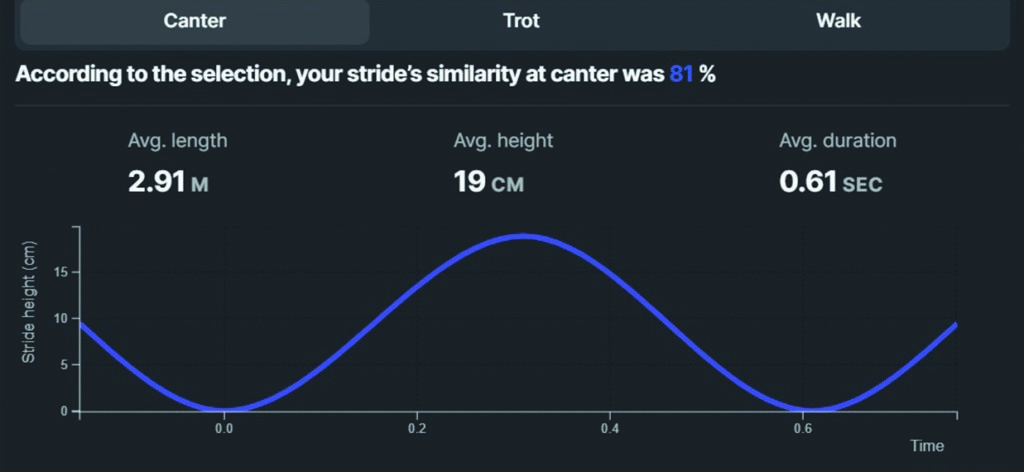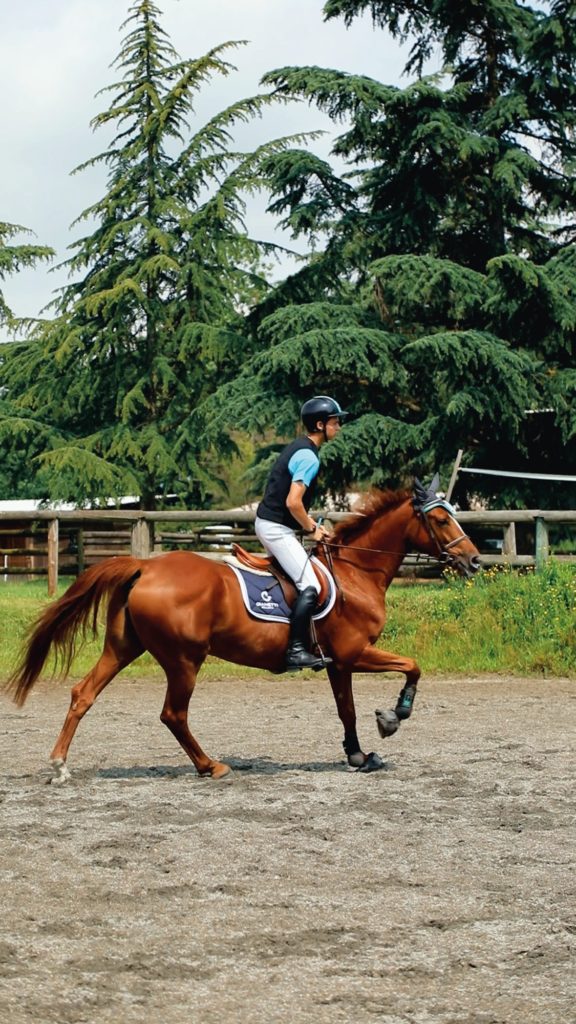Technology at the service of the horse
DOTT.SSA EMANUELA VALLE
DIP. SCIENZE VETERINARIE – UNIVERSITÀ DI TORINO
EBVS®
European Specialist in Veterinary
and Comparative Nutrition
Every little thing counts in managing a horse. Nowadays, Smart technologies allow us to develop the full potential of the horse’s health and performance.
Being more precise helps improving and translating feelings into certainties, essential to protect our horse and transforming him into a true athlete.
Why use cardio?
Have you ever had the feeling that you are pushing your horse too far or you are forcing him to perform an exercise he is not fit for?
Or do you think that the horse is not very active or gets scared for no reason?
The heart rate monitor can help us translate our sensations into a specific measurement,
which is very important to set a more effective training program.
Horses of all disciplines can benefit from the use of cardio.
In particular, cardio allows us to:
- Develop a targeted training program: training the horse to his real cardio-respiratory capabilities, avoiding excessive fatigue which can be harmful because it puts the musculoskeletal system under unnecessary stresses with the risk of overload.
- Understanding emotion: heart rate tells the story of the horse and how he feels in a specific context. Behavioural problems are often misunderstood; they could be linked to pain and/or fear. Through heart rate it is possible to monitor the horse’s emotional state such as excitement, fear or anxiety. For example, this is very useful in the case of refusal to move forward or jump, unwanted behaviour such as bucking, rearing, horses that become nervous in specific contexts. This helps a lot in communicating with the horse.
- Alarm bell: Cardio can help us identify early discomfort. If our horse is at rest while we tack him up, has a higher heart rate than usual or trots at a higher rate than necessary, we understand that there could be a problem, therefore allowing us to intervene before the situation worsens.
- Post-exercise recovery: keeping track of the decrease in heart rate after exercise allows us to understand if the horse is well trained and to allow appropriate times for correct recovery after work.

Use sensors
There are inertial sensors on the market that give us many details about movement. We can
have information such as stride length, rhythm, speed, balance and jump characteristics.
The results obtained are not always easy to interpret, especially since the vision of the horse is linked to sensations or ancient instincts and a more objective approach is missing. Understanding the horse’s movement requires in depth studies which allow us to obtain useful data such as:
- Time spent in each pace, walk, trot and canter.
- Symmetry of movement.
- Stride, suspension time.
- Strength and duration of the jump.
- Sensors should be used continuously to track the horse’s movements over time and assess progress.

The canter
Working in canter allows us to control our horse’s breathing. At this pace, breathing is paired to the stride because for each stride the horse inhales and exhales. The rule is: short strides, short breath, long strides, long, deeper breath.
We can work on the quality, depth and duration of breathing in the following ways:
increasing the speed or meters per minute: moving from a collected canter to an extended canter, up to a stretched gallop on the track;
lengthening: there is no variation on speed and rhythm, but only the length of the stride varies;
exercises: ground poles and cavalletti are very useful for varying the depth of the horse’s breath. In this way we can work on the length of the stride and, by introducing jumps of different heights, on the duration of the horse’s inhalation and exhalation. If a horse is tired or stressed, for example when a horse gets agitated when jumping, he easily lacks oxygen and tends to have a more rushed canter.

